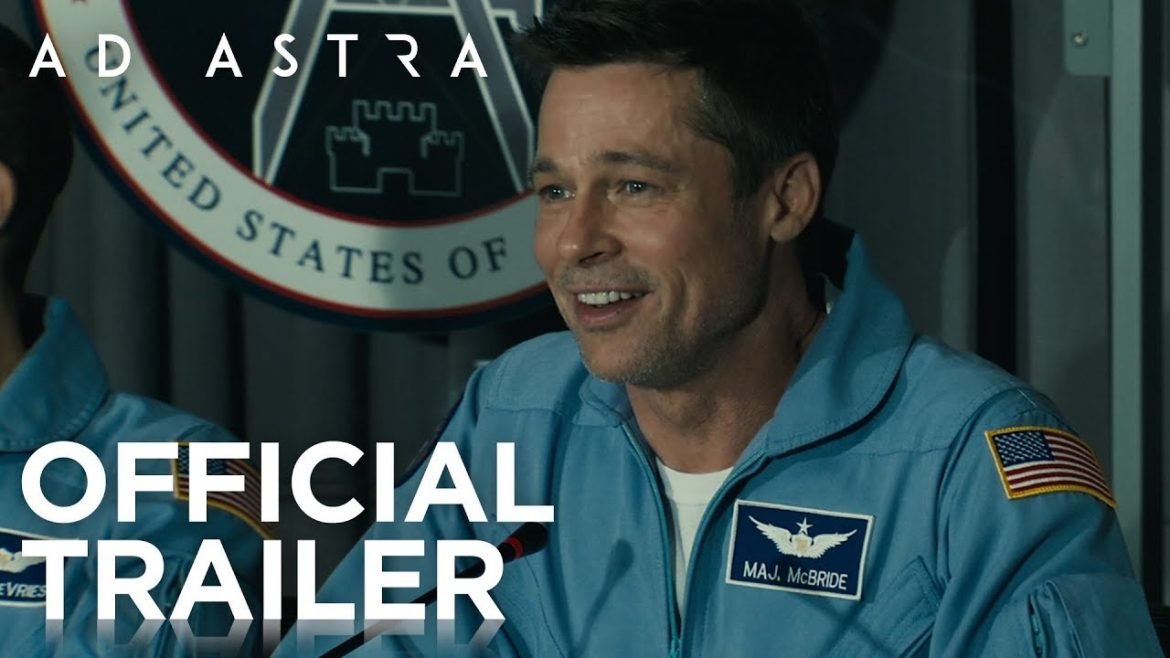TL;DR
Ad Astra, starring Brad Pitt, blends deep space exploration with personal drama as a son travels the solar system to find his missing father whose experiments threaten Earth. While boasting stunning visuals, realistic future tech, and strong performances (especially from Pitt and Tommy Lee Jones), the film's momentum sadly wanes in its final act, leading to an anticlimactic conclusion. The UHD release, however, is visually spectacular with incredible sound design. Curious to see if the stellar visuals and strong start outweigh the disappointing ending? Read on to find out!
2001: A Space Odyssey, Stanley Kubrick’s 1968 masterpiece, remains a benchmark for its seamless fusion of psychological introspection and grand space exploration. Christopher Nolan’s Interstellar shares this premise, as does Ad Astra, the subject of this review. The question is, how effectively does it achieve this balance?
Almost three decades prior, Clifford McBride (Tommy Lee Jones) embarked on a mission to Neptune. Sixteen years later, he disappeared, presumed dead. However, it emerges that he may have survived, and his deep-space experiments are now impacting Earth. His son, Roy McBride (Brad Pitt), is tasked with traveling to Mars to utilize communication arrays in a critical attempt to reason with his father. This mission will prove far more challenging and perilous than anticipated.
Ad Astra is strongest in its initial acts, with the narrative momentum diminishing towards the conclusion. The film excels in its credible depiction of the future. Significant effort is evident in the meticulous design of spacecraft, spacesuits, and other genre-specific elements, lending a documentary-like feel at times. Furthermore, Ad Astra features several compelling sequences, including a lunar rover pursuit and a tense incident at a research outpost.
The cast, led by Brad Pitt, delivers consistently strong performances. It is particularly rewarding to see Tommy Lee Jones in a substantial role once again. Donald Sutherland also makes a welcome appearance in a small but significant part. Liv Tyler’s role, however, feels diminished; her limited screen time is regrettable. The film’s narrative begins to falter upon Roy’s arrival on Mars, where it transitions into an “existential phase,” significantly slowing the pace.
Reports suggest that director James Gray faced studio interference regarding the film’s ending, hinting at a potentially different original vision. The current conclusion feels anticlimactic and undermines the established narrative. Without divulging specifics that would spoil the experience, it’s fair to say that the ending fails to capitalize on the film’s earlier promise. This is particularly disappointing, given the strengths of the initial two-thirds.
The UHD release showcases state-of-the-art digital technology. In a film where the contrast between the darkness of space and the luminosity of stars and spacecraft interiors is crucial, the visual presentation is exemplary. Light and dark areas are distinctly rendered, and color reproduction is accurate. The Dolby Atmos sound design is immersive and dynamic, effectively conveying the auditory environment within a spaceship. The supplementary material is engaging and avoids excessive promotional content. The director’s commentary track is particularly informative.
In conclusion, the film’s impact is diminished by what I consider a protracted and underwhelming finale. However, the exceptional UHD presentation partially compensates for this shortcoming, making Ad Astra a worthwhile, albeit flawed, cinematic experience.

